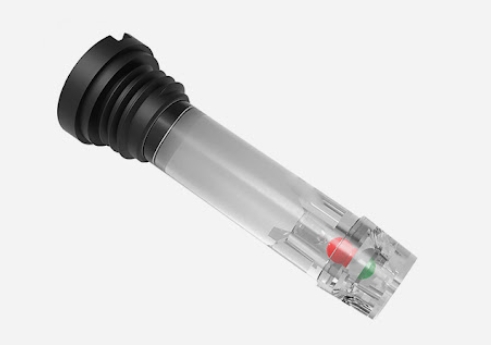Can the internal resistance of lead-acid battery be used to judge its quality?
- By: JinHan
- May 01,2023
follow us
The internal resistance of lead-acid battery refers to the resistance that the current flows through its interior when the battery is working. It is generally divided into AC internal resistance and DC internal resistance. Because the internal resistance of the rechargeable battery is very small, the polarization internal resistance is generated due to the polarization of electrode capacity when measuring the DC internal resistance, so its true value cannot be measured. However, the AC internal resistance can be measured without the influence of the polarization internal resistance, and the true internal value can be obtained.
The capacity of lead acid battery is mainly related to the utilization rate of active substances on the plate. The active substances on the battery plate are: lead dioxide and lead. In the chemical reaction process inside the battery, its essence is the electrochemical reaction between the active substance on the electrode plate and the dilute sulfuric acid electrolyte to generate current.
In this electrochemical reaction process, there is often a negative reaction called "sulfation", that is, lead and sulfuric acid generate a kind of lead sulfate. This kind of lead sulfate is an insulator, and its formation will certainly have a very bad impact on the charge and discharge of the battery, because the more sulfate is formed on the negative plate, the greater the internal resistance of the battery, and the poorer the battery's charge and discharge performance, The negative plate cannot absorb the gas generated by the positive pole, and the battery fails over time.
--End--

 English
English Russian
Russian Portuguese
Portuguese Arabic
Arabic Bangla
Bangla Indonesian
Indonesian








